Arduino Uno R3 Board Compatible + USB Cable
Rs 2,300.00
Arduino UNO has 14 digital input/output pins (of which 6 can be used as PWM outputs), 6 analog inputs, a 16 MHz quartz crystal, a USB connection, a power jack, an ICSP header, and a reset button. It contains everything needed to support the microcontroller; simply connect it to a computer with a USB cable or power it with an AC-to-DC adapter or battery to get started
5 in stock
SKU: ADB001
Categories: Arduino, Development Boards
- It is an easy USB interface. This allows interface with USB as this is like a serial device.
- The chip on the board plugs straight into your USB port and supports on your computer as a virtual serial port.
- It is easy-to-find the micro controller brain which is the ATmega328 chip.
- It is a 16 MHz clock which is fast enough for most applications and does not speed up the micro controller.
- It is very convenient to manage power inside it and it had a feature of built-in voltage regulation. This can also be powered directly off a USB port without any external power.
- It has a 32 KB of flash memory for storing your code.
- An on-board LED is attached to digital pin 13 to make fast the debugging of code and to make the debug process easy.
- It has a button to reset the program on the chip.
More about Arduino Uno
- Microcontroller Chip – ATmega328P
- Operating Voltage – 5 V
- Input Voltage (Recommended) – 7-12V
- Analog I/O Pins – 6
- Digital I/O Pins – 14 (of which 6 provide PWM output)
- PWM Digital I/O Pins – 6
- Clock Speed – 16 MHz
- Flash Memory – 32 KB (ATmega328P) of which 0.5 KB used by bootloader
- SRAM – 2 KB (ATmega328P)
- EEPROM – 1 KB (ATmega328P)
- DC Current for 3.3V Pin – 50 mA
- DC Current per I/O Pin – 20 mA
- On-Board LEDs – Yes
- Operating Temperature (°C) : -10 to 60
- Weight (gm) – 25
- Length (mm) – 68.6
- Width (mm) – 53.4
- Height (mm) – 12.5
Only logged in customers who have purchased this product may leave a review.
Currently we do not have any frequently asked questions.

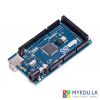
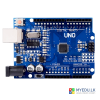
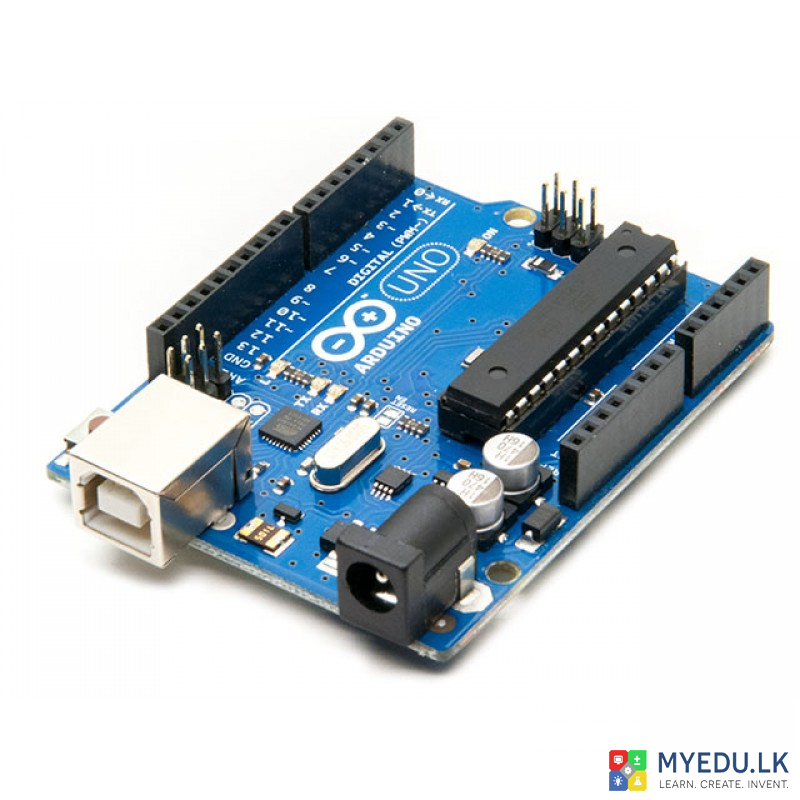
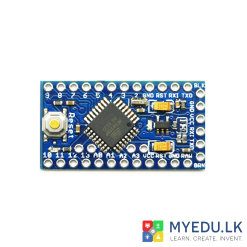
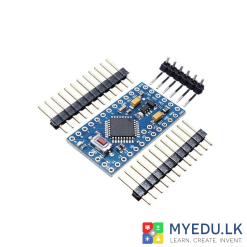

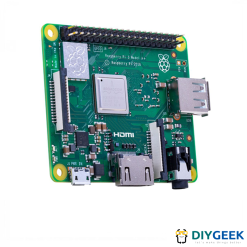
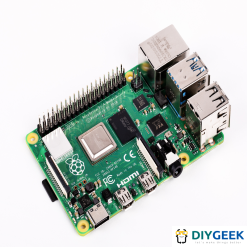
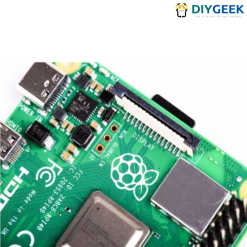
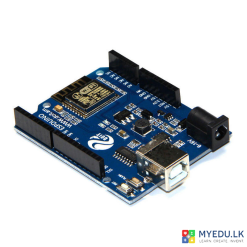

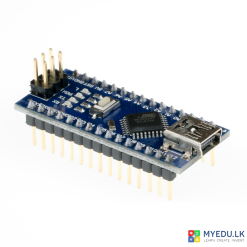
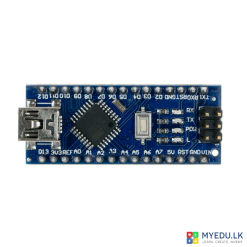
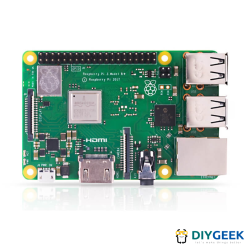
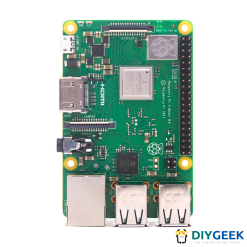


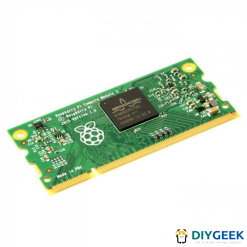

Reviews
There are no reviews yet.